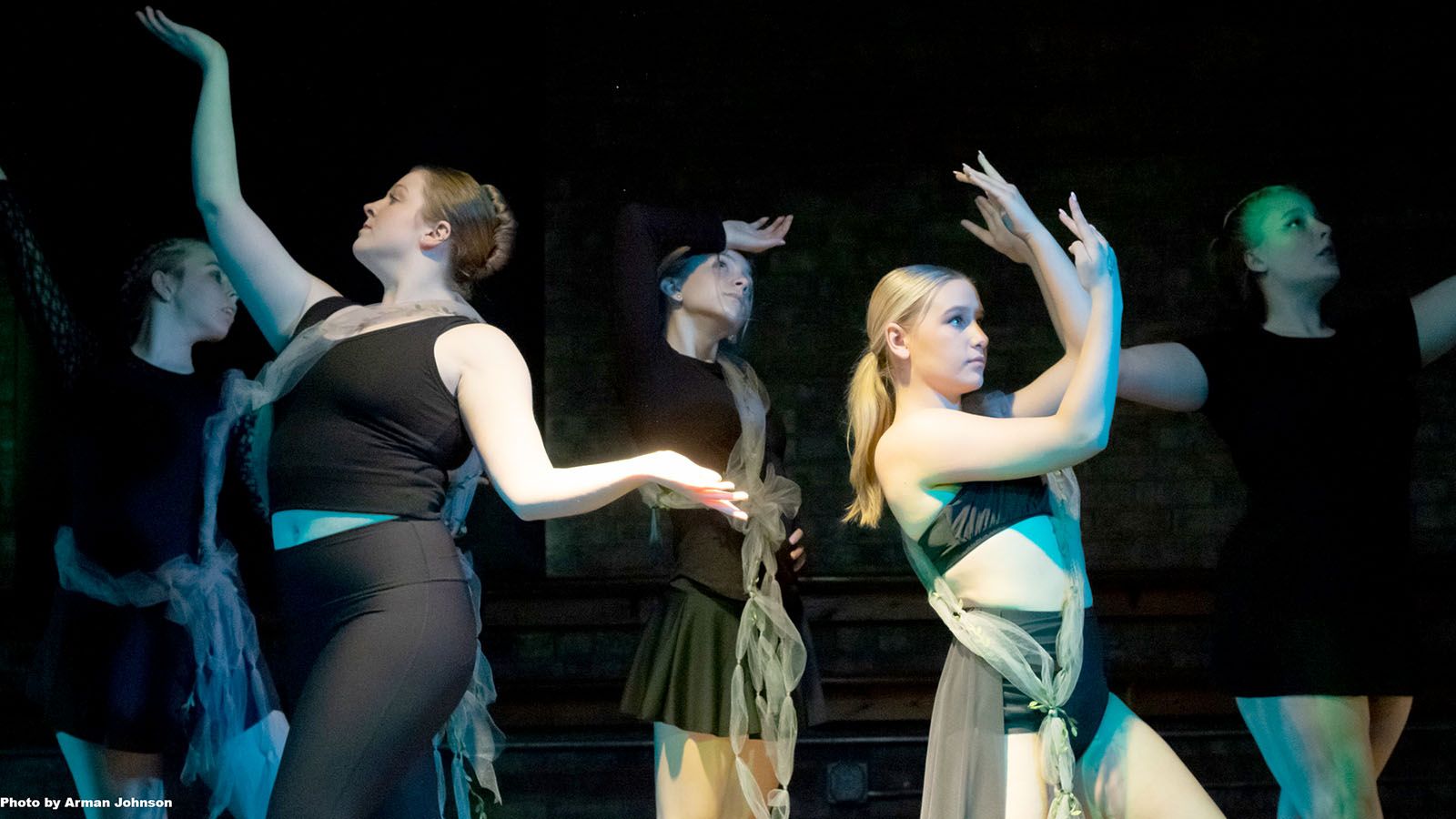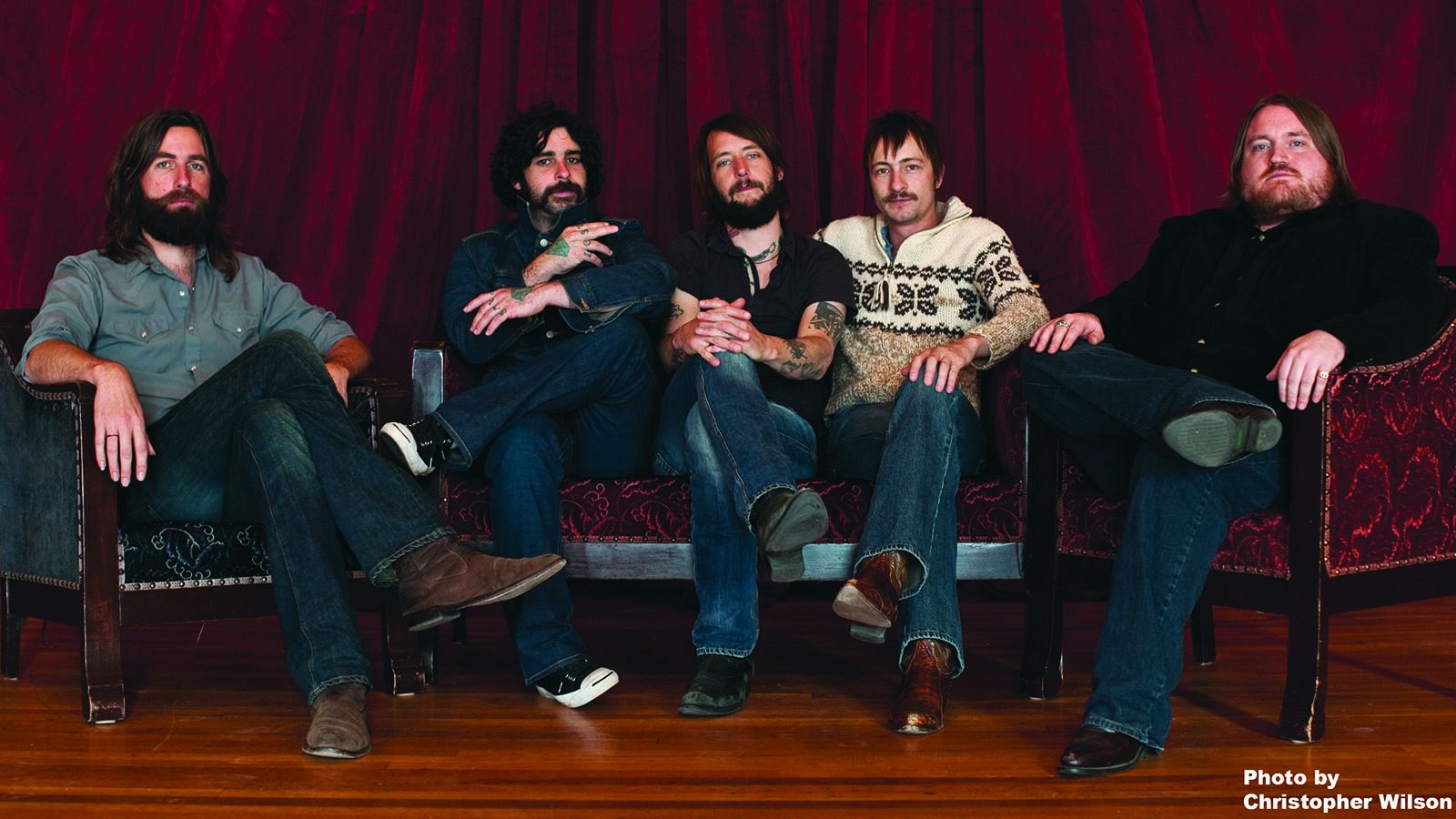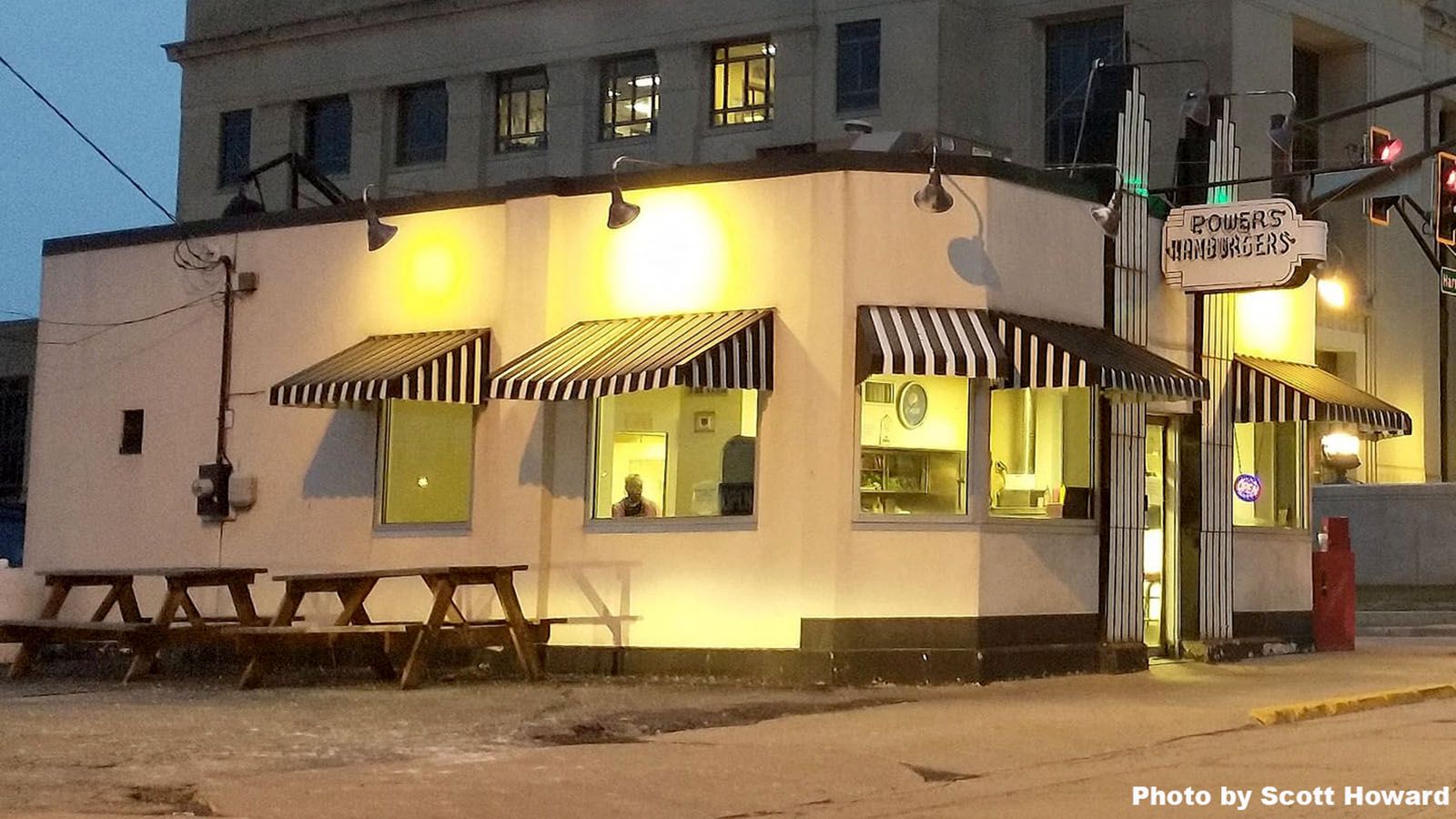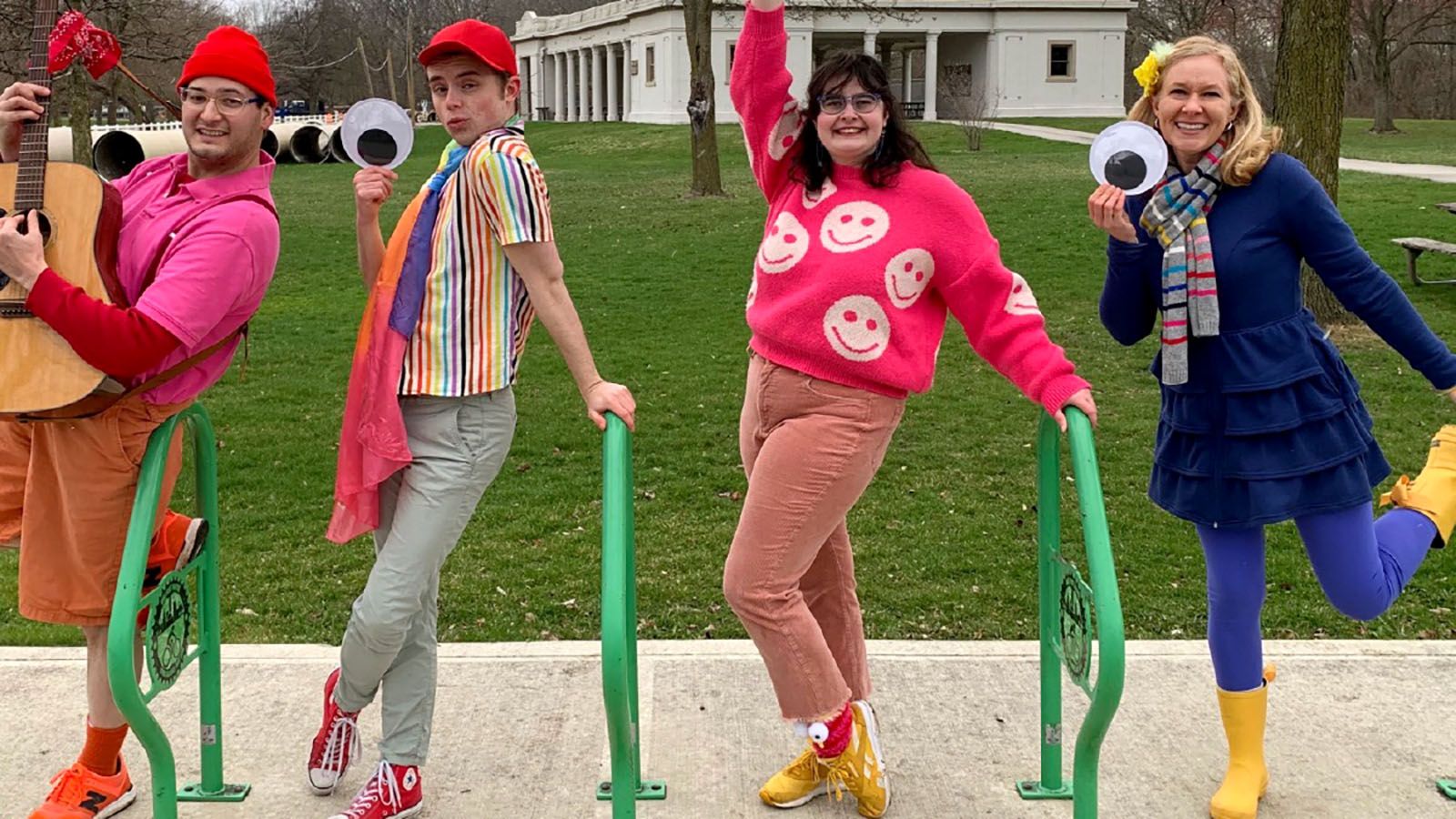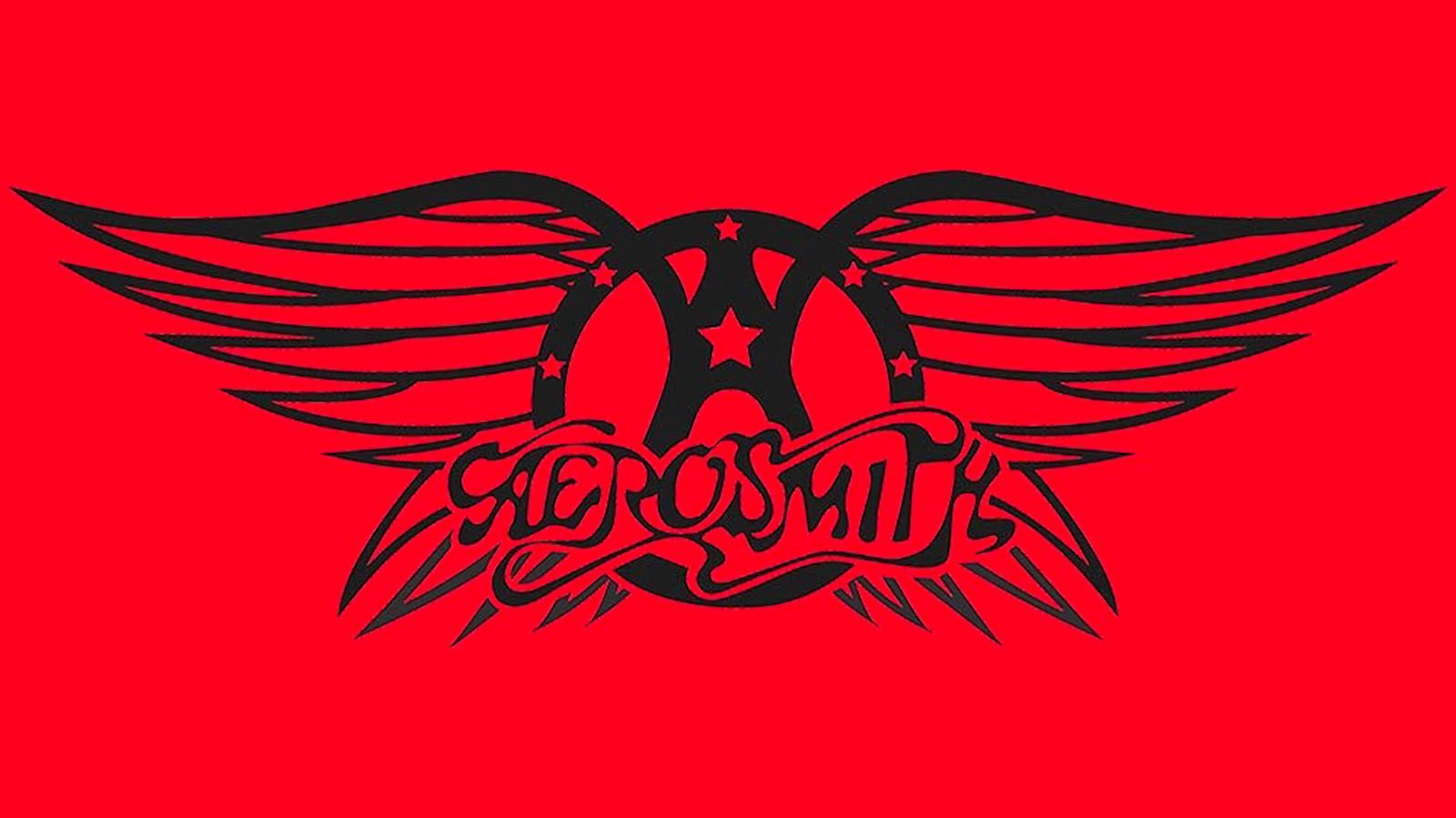What do you imagine when you hear the word “lab”? Do you think of a scientist wearing goggles and conducting experiments? Or do you think of a Labrador retriever playing fetch in a field?
At Fort Wayne Dance Collective, the word is associated with choreographers and dancers in the studio.
For more than 35 years, FWDC have annually hosted their Choreographer’s Lab. This is a “workshop-style intensive that gives professional, creative, and technical support to local choreographers.”
Choreographer’s Lab
Fort Wayne Dance Collective
2:30 p.m. and 7:30 p.m. Saturday, April 27
2:30 p.m. and 6 p.m. Sunday, April 28
Fort Wayne Dance Collective
437 E. Berry St., Fort Wayne
$15 · (260) 424-6574
Receiving this type of support is a unique opportunity, especially in the Midwest, where choreographic resources can be hard to come by for new or independent choreographers.
“We use this opportunity to help provide tools and information that is helpful for brand-new choreographers, but also good reminders for those of us who we’ve been doing it for a while,” said Ashley Benninghoff, program director at FWDC.
“We like to give them information about different ways to have their message come across. We give them information about lighting, how to pick costumes, how to work with your dancers to highlight their skills, and so much more.”
The lab culminates in final performances, which will take place on April 27-28 at Fort Wayne Dance Collective.
When purchasing tickets, note there will be different casts of dancers performing on each day. If you are attending to support a specific dancer or choreographer, make sure you’ve checked to see which day they will perform.
Finding Your Voice
Among the more technical and practical advice given to choreographers, Benninghoff said they will also spend time talking about what to do if they have a mental block or feel stuck during the choreographic process.
“Just like writers get writer’s block, the same thing can happen to choreographers while they are creating a piece,” she said.
One piece of advice Benninghoff often finds giving choreographers, especially when they are experiencing this type of creative paralysis, is to have the courage to try new things.
“Oftentimes, we are so quick to judge our own work that we become afraid to try something new,” she said. “I encourage choreographers to experiment with their work. It may not turn out how you planned, but that is sometimes exactly what you need. You’ll never know until you try.”
Benninghoff’s journey to find her choreographic voice taught her valuable lessons that allow her to share reliable advice.
“Being open to new ideas and various sources of inspiration are very important for me as a choreographer,” she said. “Specifically, being open to being inspired by your dancers is a very big deal. In dance, it’s not like you have paint you’re using or clay you’re sculpting; you’re creating art with real human beings who have their own life stories. There is so much inspiration that can be found from the dancers you work with and the way they interpret the movement that you give them.”
A key for choreographers to be able to be inspired by their dancers is having open lines of communication.
“It’s really important that you create an environment where the dancers feel like they can make the choreographic process a conversation,” Benninghoff said. “You still want to have movement prepared and lead the process, but you miss out on a lot of creativity if you’re not creating the space for dancers to share their ideas, too.
“By nature of the craft, choreographing a dance is a very social kind of experience, and that means you have to be vulnerable and open up to your dancers and they have to be willing to be vulnerable and open up to you. When you have this mutual vulnerability, that’s when the magic happens.”
Broad Range of Styles
One of the hallmarks of Choreographer’s Lab is the broad range of work presented. This includes a variety of styles of dance, as well as unique props and collaborations.
“For my piece, I’m going to have a lot of balloons,” said Benninghoff. “I don’t really know how that is going to work once I have a live audience or how they are going to react. When you add the extra element of a prop to a dance, you’re always taking a chance. Something with the prop could go differently than planned the day of the show, but that’s what I love about art; it will never be exactly the same.”
Choreographer’s Lab provides local dancers with the unique opportunity to create whatever type of choreography they want with very few parameters. This gives choreographers full creative control and the ability to experiment with ideas they are truly passionate about.
“They are definitely able to open up their souls a little bit more, which is always beautiful,” Benninghoff said.
Some of the styles of dance that the audience can expect to see this year include sassy jazz numbers, experimental theater, ballet, and contemporary.
“There are a lot of fun pieces this year, but there are some emotional ones too,” Benninghoff said. “There will be a broad range of emotions represented in addition to a variety of styles.”
Pineapples!
Benninghoff’s piece is for the Pineapple Dance Project, which will perform each day.
Pineapple Dance Project is FWDC’s non-auditioned youth company where dancers ages 12-18 “engage in team building and are empowered to push the boundaries of dance while taking artistic risks.”
The dancers have various training and performing opportunities, including the ability to participate in Choreographer’s Lab.
“They’ll be performing a piece I choreographed, but they definitely had their voice and influence on that piece,” Benninghoff said.
In addition to performing, a few of the students will be presenting their own choreography.
“I feel like each year there’s more and more of them that are taking the plunge and starting to choreograph, which has been really beautiful to see,” Benninghoff said.
 Submit Your Event
Submit Your Event